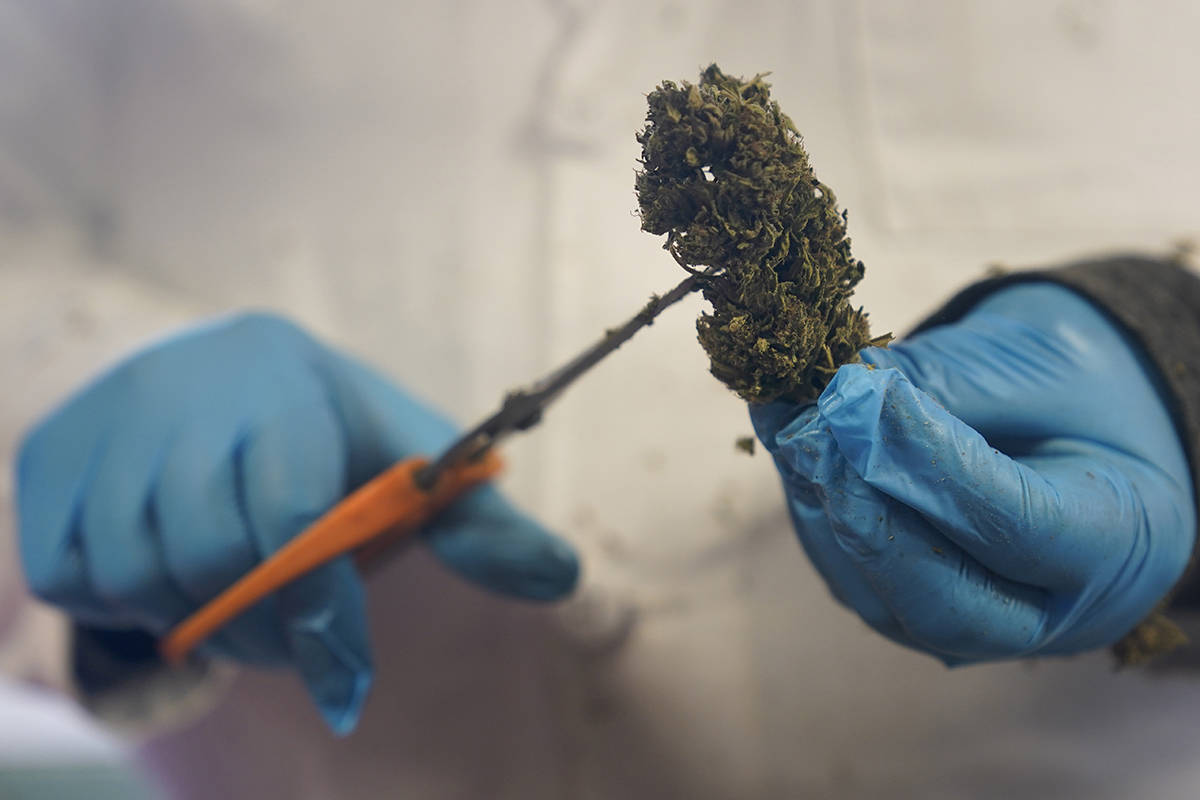Many plants, including cannabis and hemp, are dual sex, producing both male and female plants. Female plants are the ones desirable for cannabis products as the flowers they produce are the “buds” used in cannabis products, while male plants are used to pollinate female plants for breeding or seed production in cannabis and hemp.
To complicate things further, through genetic or environmental influences, sometimes plants can have both female and male features (hermaphroditism), such as female flowers and male pollen sacs, and can pollinate themselves.
This can be important to prevent, such as when female flowers only are desired and cannot be “polluted” with seeds by pollinating themselves, but having dual-sex traits on a single plant can be desirable, as when producing feminized seeds, which are seeds that are assured to grow into female plants, 99% of the time.
Since sex of individual plants is so important for cannabis and hemp crops, a group of scientists led by Soheil S. Mahmoud from The University of British Columbia have recently published a paper on a study they performed to map the genes involved in sex expression and modification, and flower development in cannabis and hemp plants.
To do this, the research team developed a genetically female line of plants that produced both female flowers and chemically induced male flowers.
The male flowers were induced using a treatment of silver thiosulphate, which is commonly used by cannabis seed breeders to induce male flowers for self-pollinating plants that will produce feminized seeds. The researchers looked at the difference between the female flowering plants and the induced male-and-female flowering plants, and found over 10,500 genes that were differentially expressed between these genetically identical groups of plants.
Around 200 of these genes were determined to potentially control the masculinization of the female plants. Some of the genes discovered affect flower development (male or female), while others affect plant hormone signalling, but all are involved in the sex determination of the plant.
The research, published in January of 2021, was not just for academic purposes, there are real-world uses for the knowledge coming out of the study.
Now that the genes are identified, they are useful for understanding which plants might be predisposed to produce male flowers on female plants. This can help with plant breeding programs as well as biotechnology.
In the future, this may help with genetically modifying these plants to be able to express these genes or turn off expression of these genes, making it easier to ensure cultivators and breeders get the correct plant sex for their purposes.
For hemp farmers, understanding these sex-determining genes can help with advancing seed production (such as for CBD extractions) and fiber quality.
Studies such as this have academic benefits but are also beneficial to businesses in the industry through advancement of knowledge of these plants, especially as cannabis and hemp are increasingly used to produce products such as hemp fiber, CBD products, and cannabis-related consumption products.

